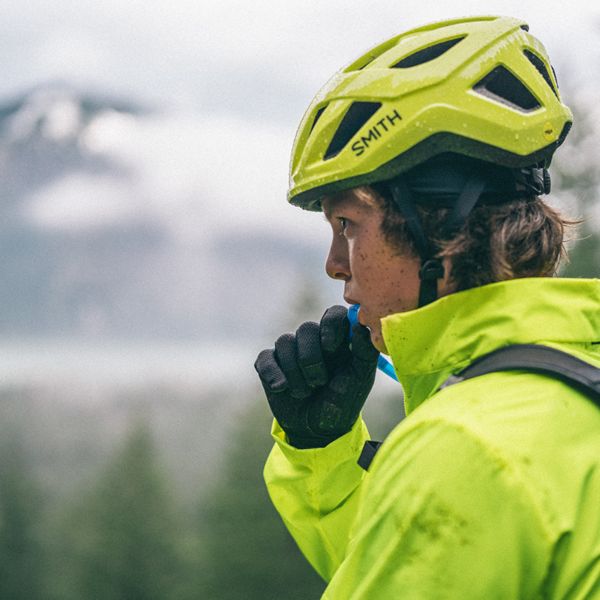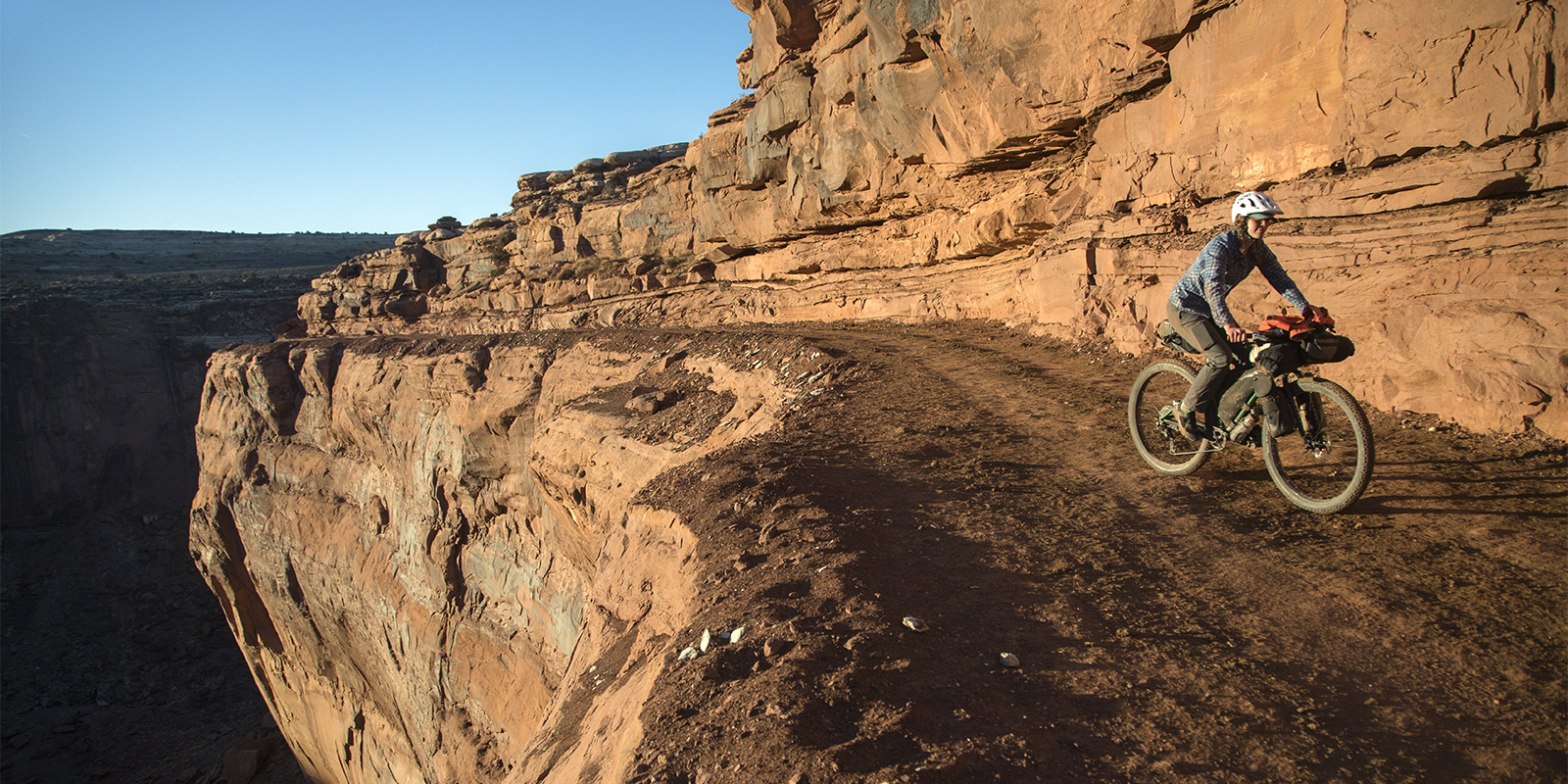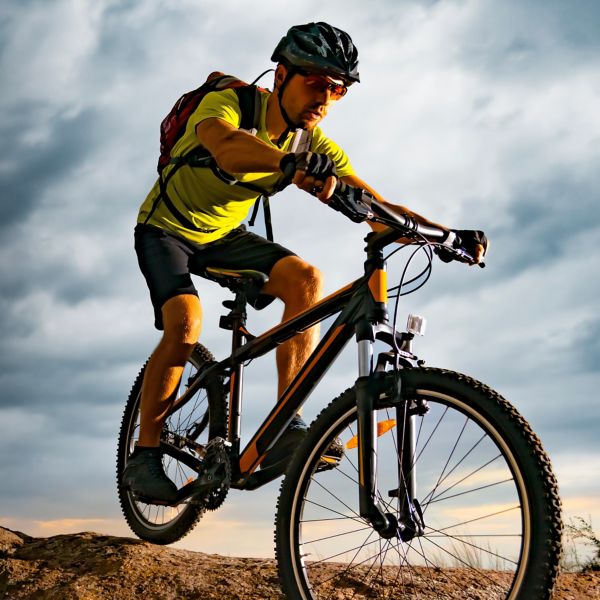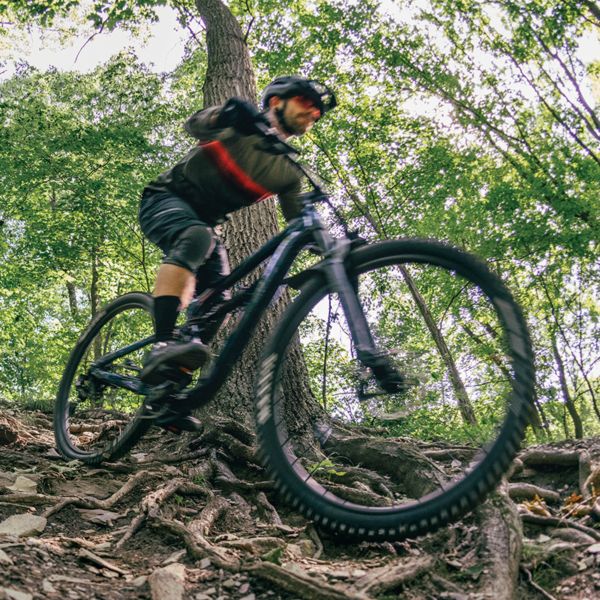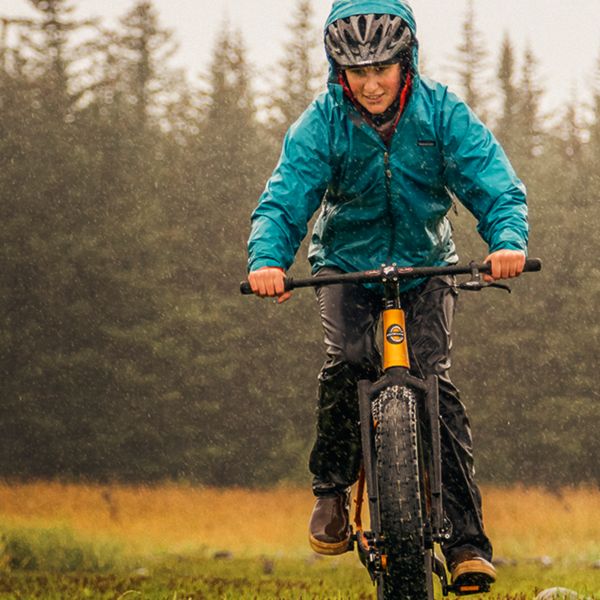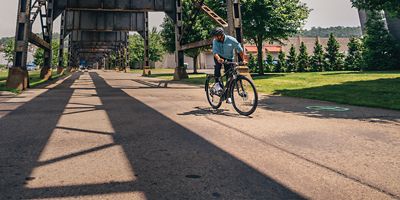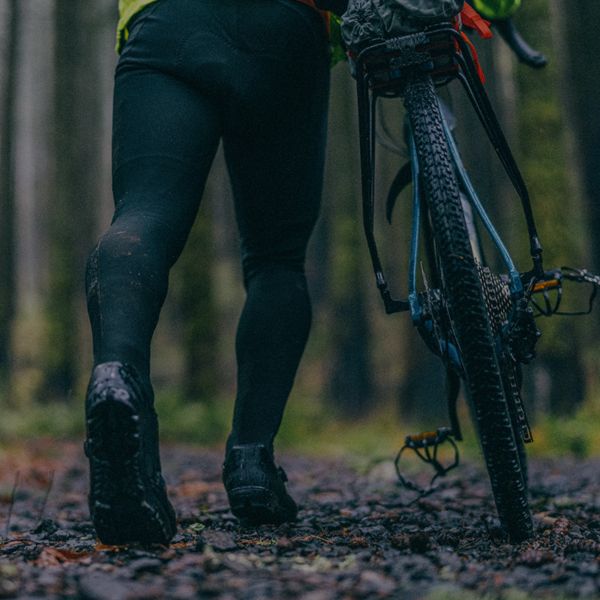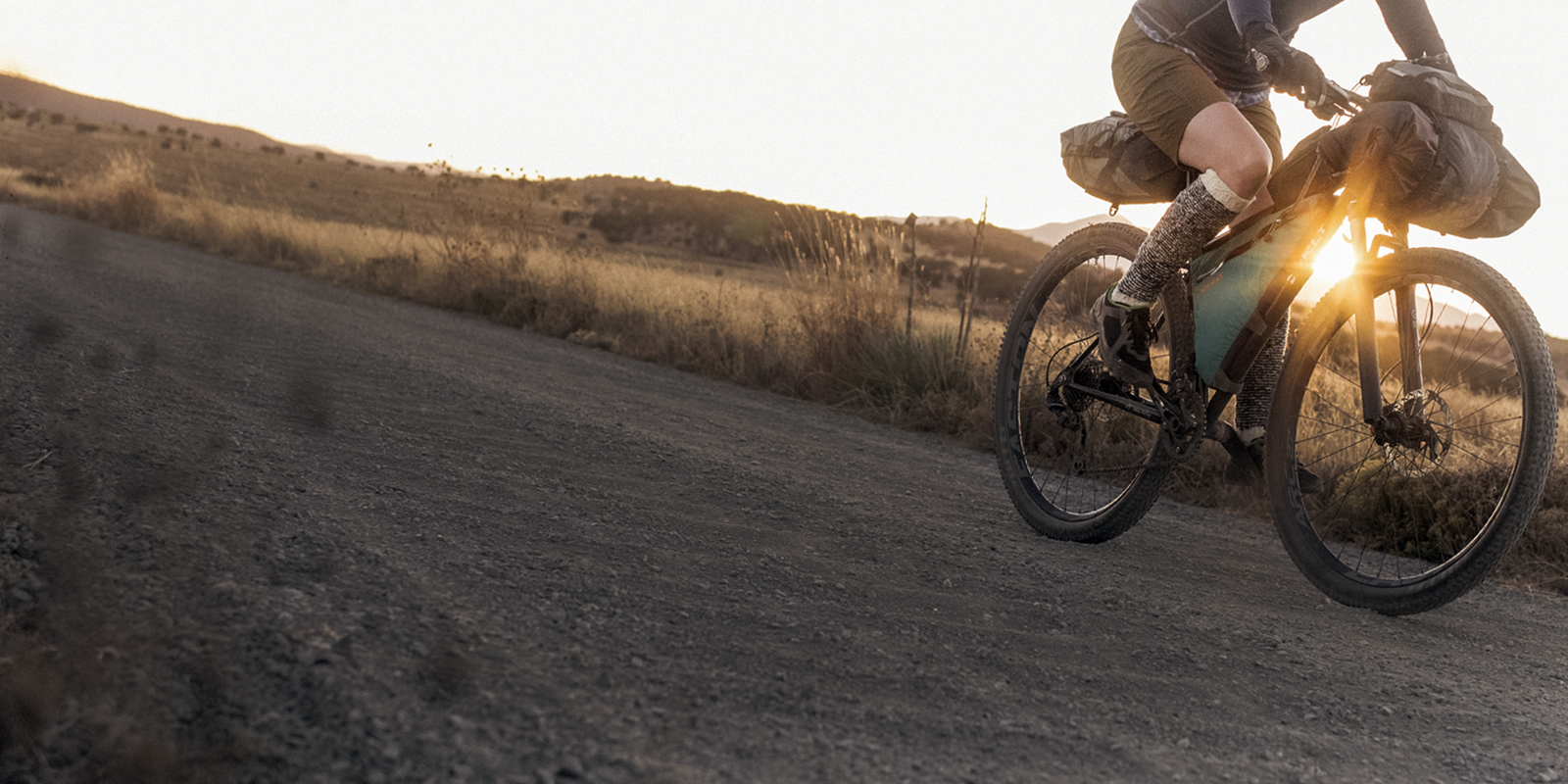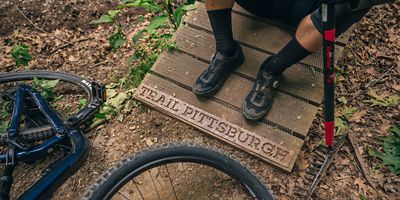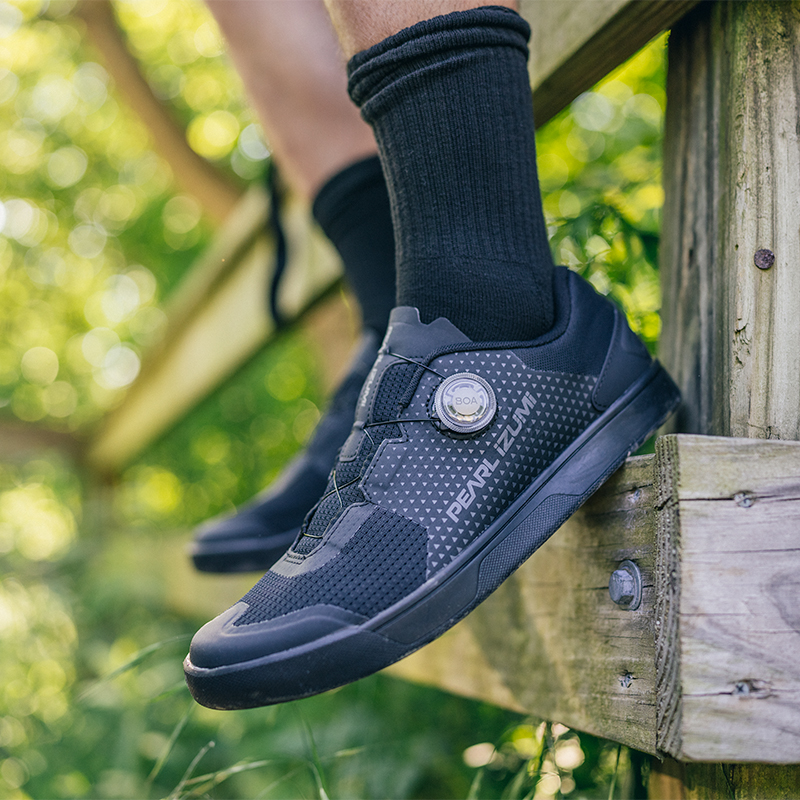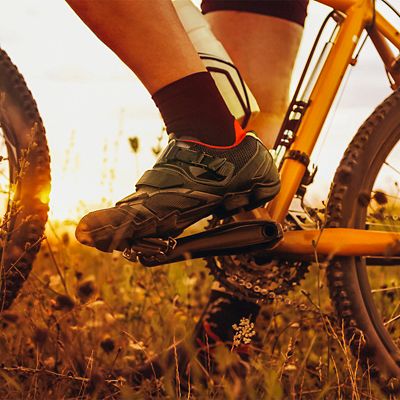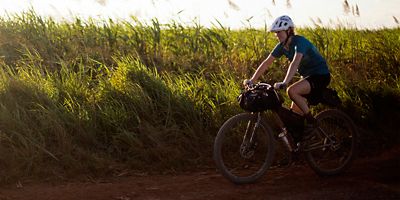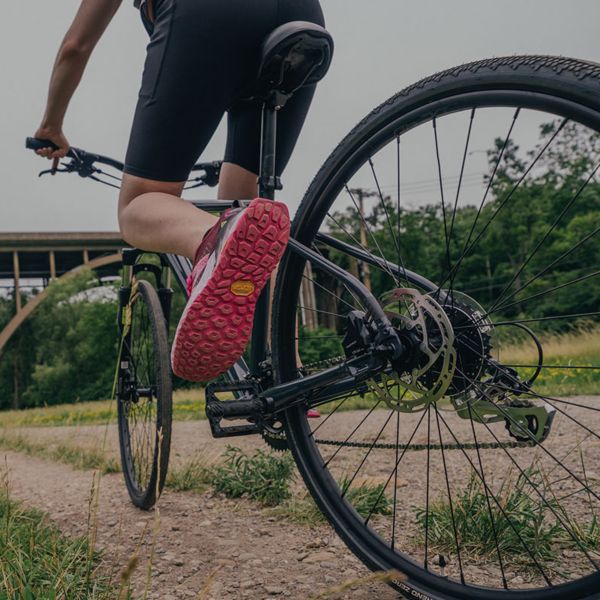
Hills are inevitable, no matter where you’re riding. Even the flattest rides along the coast inevitably mix in a short climb. Other everyday rides can seem like the entire time is spent either climbing or descending hills. Love ’em or hate ’em, everyone needs to ride uphill at some point. Learning proper hill workouts is a key to cycling, whether you’re looking to make up some ground during a race, or are simply trying to reduce the suffering in between flat stretches.
Breaking the Lactate Barrier
The whole point of hill reps is spending time at your body's lactate threshold. That’s the line you cross during a workout when your body needs to switch from aerobic energy production to anaerobic energy production, because your cells and muscles can’t get enough oxygen to keep up. For the uninitiated, it’s when the exertion goes from feeling like something you could keep up for a while (like an easy jog) to something you couldn’t (like a sprint). There’s a rapid spike in lactic acid (lactate) in your body at this point, which causes a deep burning in your muscles. Your time at this output level is limited and the clock is officially ticking before you need to slow down or stop.
Let’s say you’re cruising along on your bike, rolling through mile after mostly flat mile. You’re working, but you could keep going for hours. But then comes a hill. To get up it, you’re pushing harder, breathing heavier, and your heart rate is through the roof. Your legs and lungs are on fire: Welcome to the lactate threshold. Without some crazy gearing wizardry, it’s hard to climb almost any steep hill without “going anaerobic.” That means if you can train more at this high output level, you might be able to train your body to go faster at an aerobic level, raising your lactate threshold and allowing you to move faster without feeling like you want to cry and starting your anaerobic clock.
For this reason, hill workouts on a bike aren’t only useful for cyclists. Anyone who gets close to their lactate threshold—runners, alpinists, cross-country skiers, and more—will benefit from hill reps that force them to push that line a little further.






